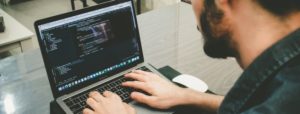
In the fiscal year (FY) 2019, 116,031 new or initial H-1B petitions were submitted to the United States Citizenship and Immigration Services (USCIS). Of those petitions, 27,707 were denied – meaning just under one-quarter of all H-1B applications were denied in 2019.
When compared to levels in 2015, the rates of denials have risen exponentially.
Comparing 2019 H-1B Denial Rates to 2015
Fiscal year 2015 is often used for comparison because it is one of the lowest denial rates in the past five years, and marks the last year before President Trump was sworn into office.
In FY 2015, the denial rate was only 6% in the first quarter. By comparison, the denial rate in the first quarter of FY 2019 was 32%. According to some experts, these numbers make it “clear to attorneys [that] USCIS has acted without proper legal authority in restricting H-1B visas.”
Part of the change is attributed to President Trump’s 2017 executive order, which has been dubbed the “Buy American and Hire American” order. The executive order encouraged and required agencies to look for ways to create higher wages, employment rates, and economic growth within the United States, without looking to other countries to employ workers or create products. In FY 2017, the denial rates rose from 10% to 13%, and in FY 2018, they increased again to 24%.
For example, U.S. immigration practitioners have seen H-1B petitions that would have normally been approved in past years are now denied under USCIS’ current practice of using narrower interpretations of what constitutes a “specialty occupation.”
The Impact of High Denial Rates
With denial rates at record high levels, various industries, including technology sectors, have felt a serious impact on their employment and operations. In India, for example, the four largest software service exporters have seen roughly half of all of their work visas denied in the past year. These companies, including Tata Consultancy Services, Infosys, HCL Technologies, and Wipro will have to look elsewhere for avenues to secure visas for their workers.
Traditionally, Indian nationals made up for roughly 70 percent of all H-1B visas issued. Additionally, Indian nationals also account for almost 93 percent of all Employment Authorization Documents issued to H-4 visas, as spouses of H-1B beneficiaries. It is unclear whether those numbers have changed since their last reported date in 2017, but they could very well be significantly altered in the near future.
The National Foundation for American Policy (NFAP) noted: “If the goal of the Trump administration is to make it much more difficult for well-educated foreign nationals to work in America in technical fields, then USCIS is accomplishing that goal.”
However, the impact of this new policy could create serious holes in the American workforce. NFAP stated: “Whether the actions of USCIS are serving the best interests of the United States is a question that will remain open for debate.”
Get Help From an H-1B Visa Lawyer
Because of increased scrutiny, it is even more important that employers follow the application process very closely. David Hirson & Partners, LLP, can help with that process, increasing your company’s chance of getting an H-1B petition approved.
Contact our team today for more information or to schedule an appointment to discuss your options.
Tel: +1- Web: www.Hirson.com Email: [email protected]
This blog post is general information and is not legal advice.

